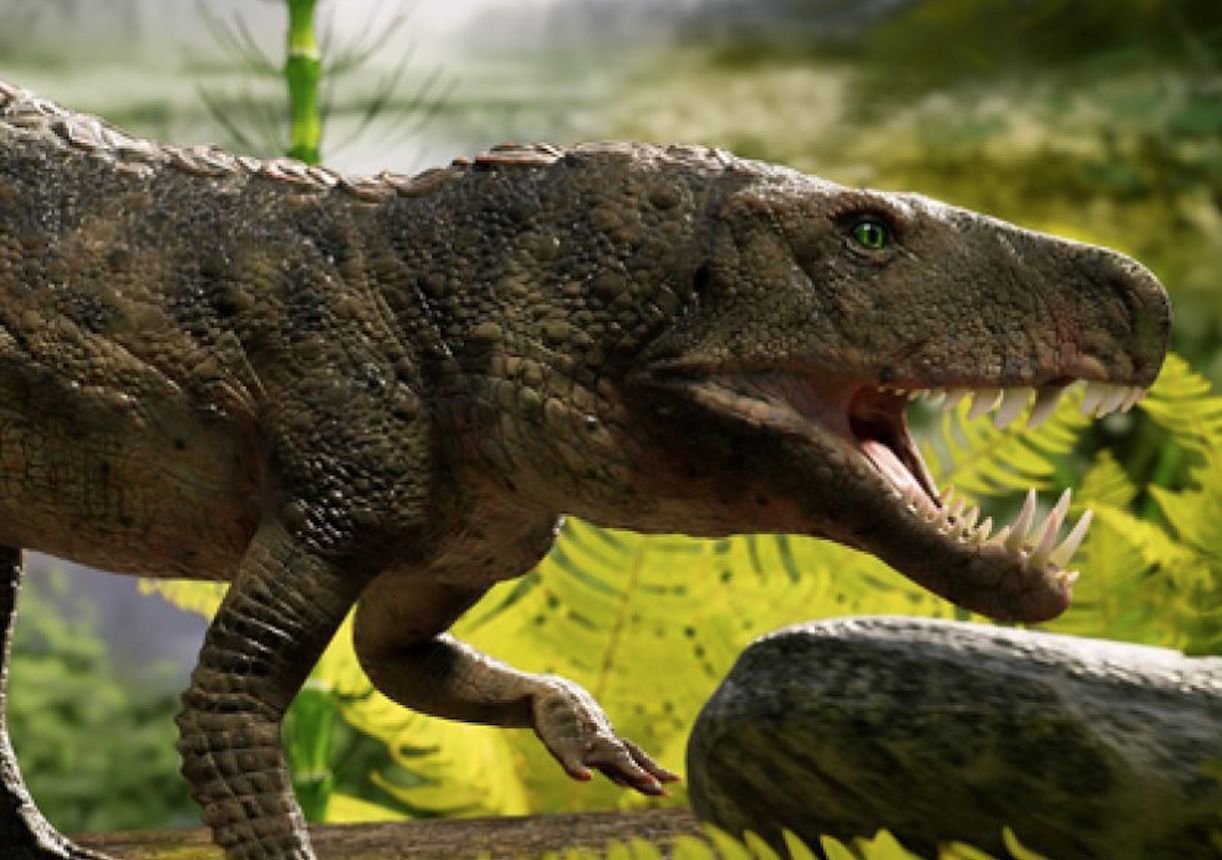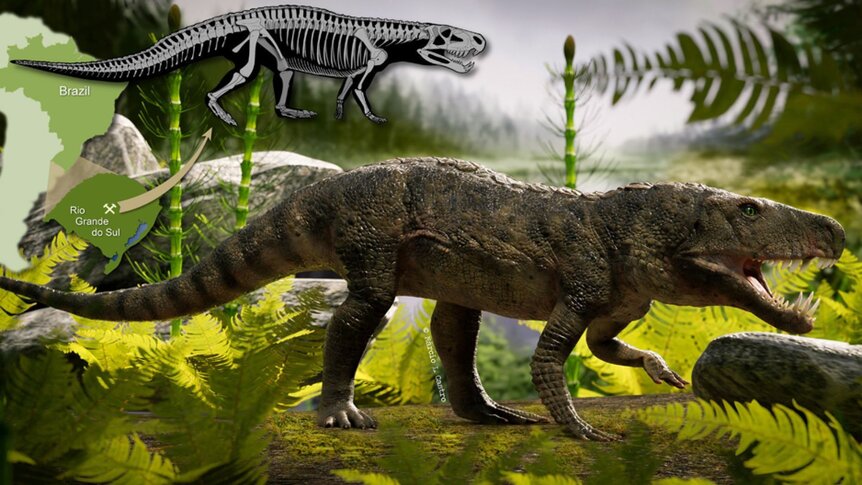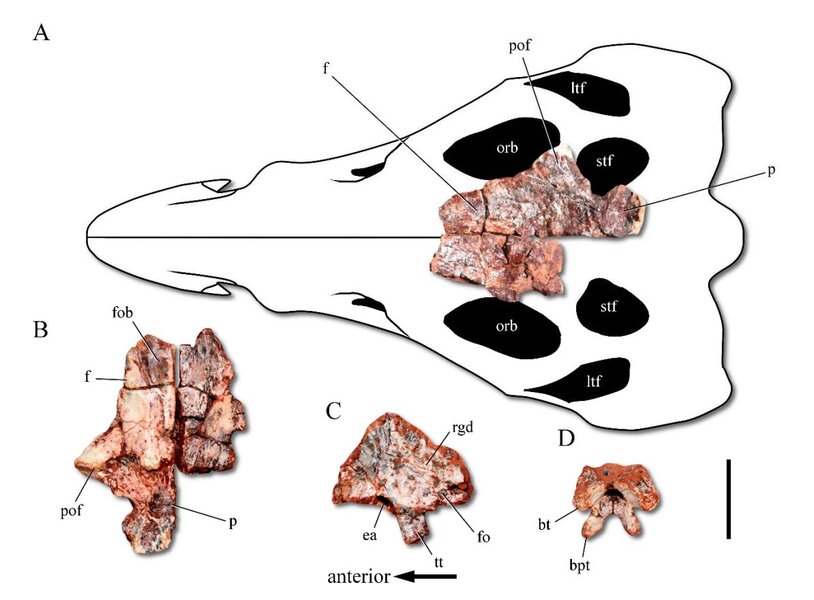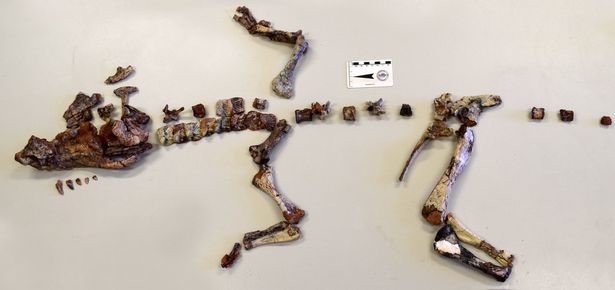Create a free profile to get unlimited access to exclusive videos, sweepstakes, and more!
Bonecrushing prehistoric crocodile discovered in southern Brazil, dubbed 'T. Rex of its time'

Once prowling the hostile wilds of the Gondwana supercontinent some 230 million years ago, the fossils of an intimidating ancestor of the modern-day crocodile, known to feast on small dinosaurs in the southern reaches of that forested region, was recently unearthed by researchers in South America.
As outlined in a new scientific paper by Rodrigo T. Müller, M. Belén von Baczko, Julia B. Desojo, and Sterling J. Nesbitt published in the online academic journal Acta Palaeontologica Polonica, Dynamosuchus collisensis was discovered in the fertile dino excavation zone of Agudo in southern Brazil, and has been given the auspicious nickname of the "T. Rex of its time."
"The extremely rare reptile would have been a real bonecrusher from the dawn of the dinosaur era," lead study author Müller told British news outlet SWNS.
Similar to today's crocs, this imposing beast scrambled around on all four legs, but engaged its hind quarters to sprint in a style similar to Tyrannosaurus rex. According to the study, D. collisensis lived during the Late Triassic and measured in at over seven feet long, with characteristic bony plates running down its back. Its broad skull sported an elongated snout, flesh-rending jaws equipped with jagged teeth, and a pair of lethal claws that came in handy for stripping raw flesh from its unlucky scavenged prey.
"Their large and blade-like teeth were adapted to eat meat. But the bite speed was low, suggesting it was also a scavenger," Müller added. "Therefore, this animal probably caught slow animals and searched for dead animals — like today's vultures and hyenas."
This is only the fourth D. collisensis ever discovered and is officially classified as a member of the reptile group known as ornithosuchids. The first was revealed in Scotland during the 19th century and the remaining two were found in Argentina approximately 50 years ago.
Does this 'bonecrusher' live up to its reputation or would you risk a finger or two trying to find out?





























